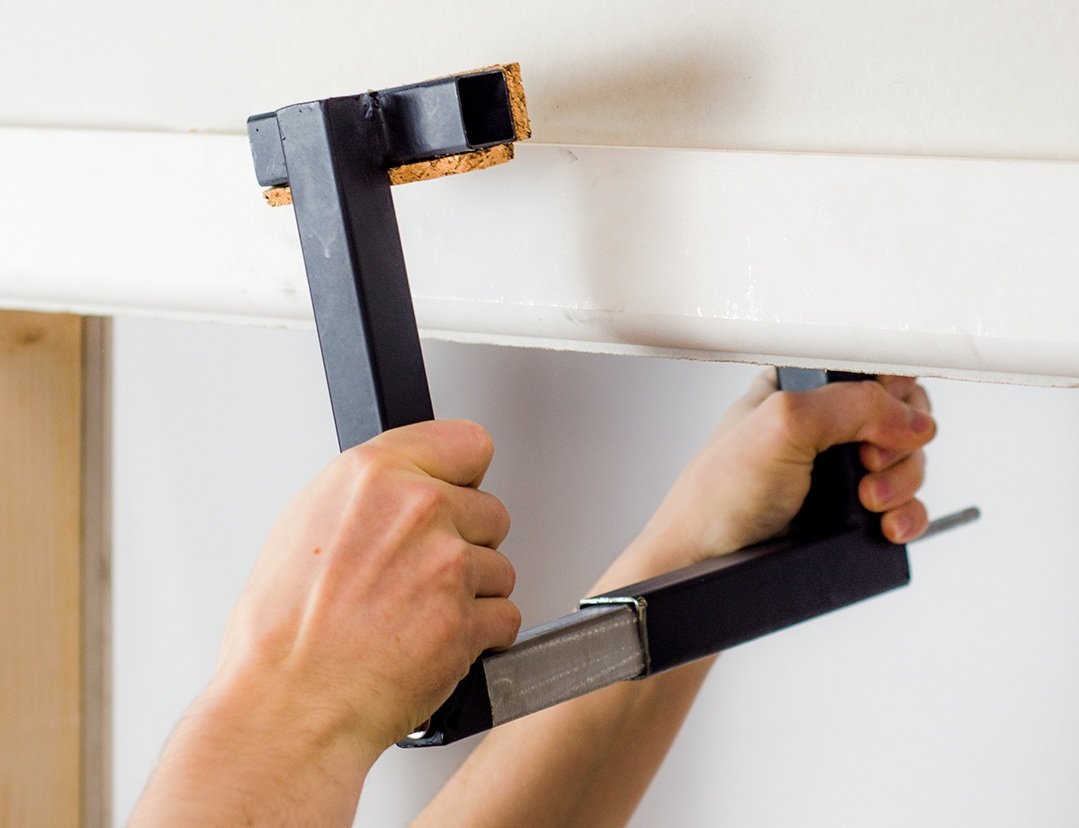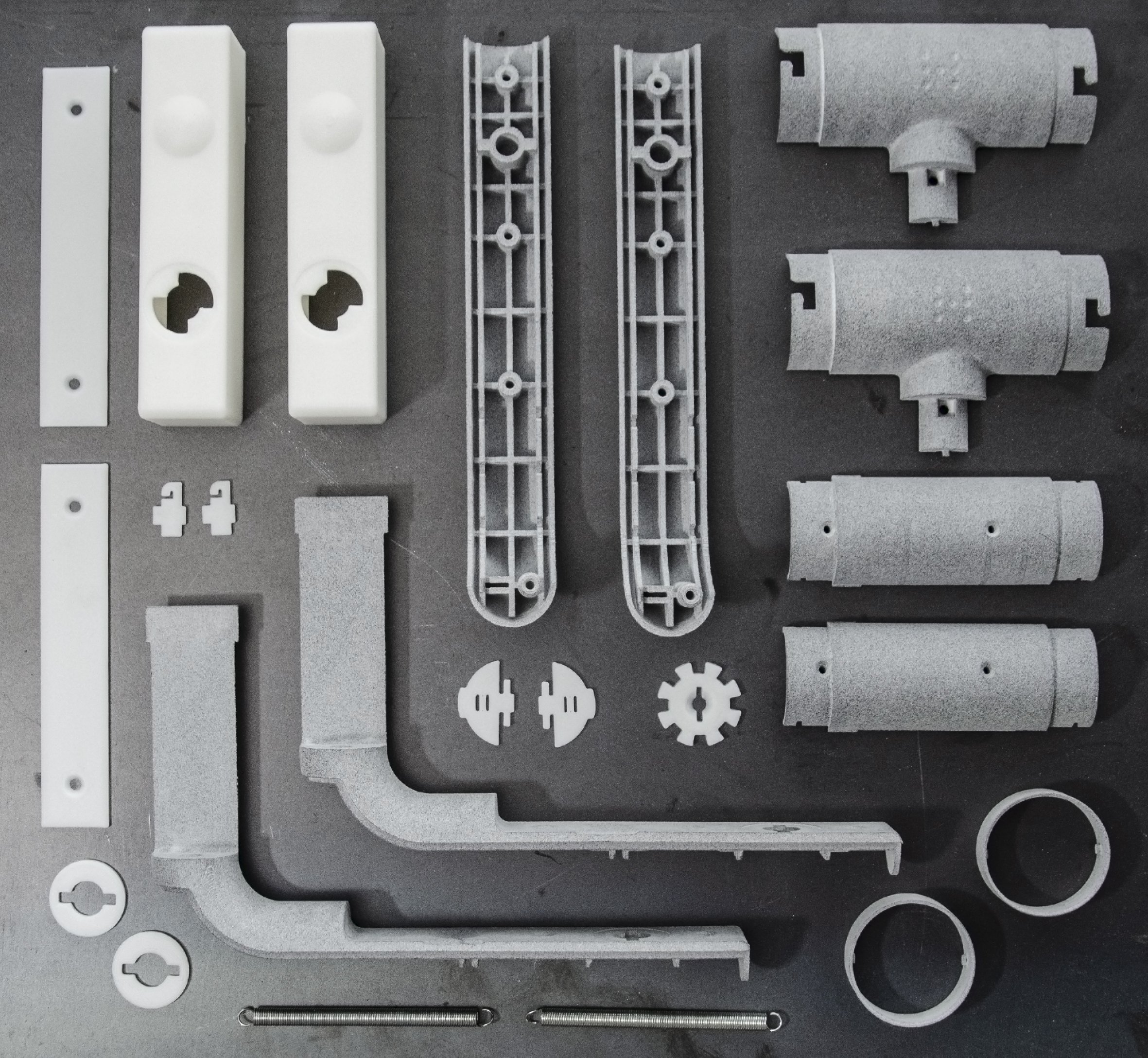Hangframe
Brighton, UK
2020-21
Hangframe is a door frame mounted grip trainer with modular capabilities to support the progression of climbing and bouldering skill from beginner to expert.
It includes a unique spring-loaded clamping mechanism that offers rapid deployment and compactability. The unique appearance places it at the forefront of beautiful at-home exercise equipment, a trend derived from rapidly changing consumer behavior through lockdown.
THE SOLUTION
Hangframe is an intuitive, compact solution to problems climbers face training at home with cumbersome and restrictive grip training equipment.
Not only can any grip be slid onto the modular system, but the two units can also be positioned anywhere on the doorframe. Offering full customizability and control of workouts.
INDUSTRIAL DESIGN
Traditional at-home exercise equipment spends most of its time hidden, rather than in use. Hangframe’s mechanical and visual elements were meticulously fine-tuned to execute a technical package that owners would be proud to put on display.
CONCEPT EXPLORATION
One of the most significant concepts presented, shown above, combines interesting features from previous presentations. These were the modular body, tessellating separate units and sprung loaded clamp mechanism.
CONCEPT EXPLORATION
Digital sketching and Photoshop rendering were used to increase the clarity of concept proposals. After the initial round of concept development, key specifications of modularity and rapid deployment were highlighted. Photoshop rendering was used to present visually appealing concepts which could be explained clearly and in a short amount of time. This work is currently not in the public domain.
MARKET ANALYSIS
Research into competitor products throughout the project was essential to ensuring successful market competition. During the mechanical design of the chosen solution, reverse engineering of competitor products helped inform a functionally superior product. It as also highlighted failings in competitor products to achieve a premium, robust solution through poor material choice and assembly. This work is currently not in the public domain.
CONCEPT VALIDATION AND MECHANICAL SIMULATION
Steel prototypes fabricated in-house validated the core mechanism interaction and removed concerns about load-bearing and balance. Mechanical Simulation allowed us to test the performance of different material combinations and thicknesses. It also provided additional confidence our solution would perform in the required factor of safety.
MECHANICAL PROTOTYPES
A 3D printed prototype that combined SLS and MJF was used to review mechanical interaction, assembly features, and the general fit of components.
The disassembled prototype shown above was primarily used to ensure assembly methods were sufficient and prove detailed mechanisms that could not be tested in FDM.
With most features functioning as expected, It was apparent that structural rigidity, with poor fixing between parts unsuitable. This informed the reinforcement of the internal ribbing to resist torsion and the addition of further, more substantial fixing locations to join parts together.
MARKETING MEDIA
A high degree of importance was placed on producing high-quality media to gain sufficient online interest for potential crowdfunding. The above image shows early marketing imagery of a previous iteration of Hangframe.
VALUE ENGINEERING AND DFM
The final design utilised rotationally mirrored components wherever possible to minimise the number of unique manufactured parts. This was especially beneficial with the manufacturing quantities already duplicated for the two Hangframe units included in each full assembly.
Initial proposals were also redesigned to decrease cost by developing alternative production versions adapted to injection moulding process instead of aluminum die-cast parts.




